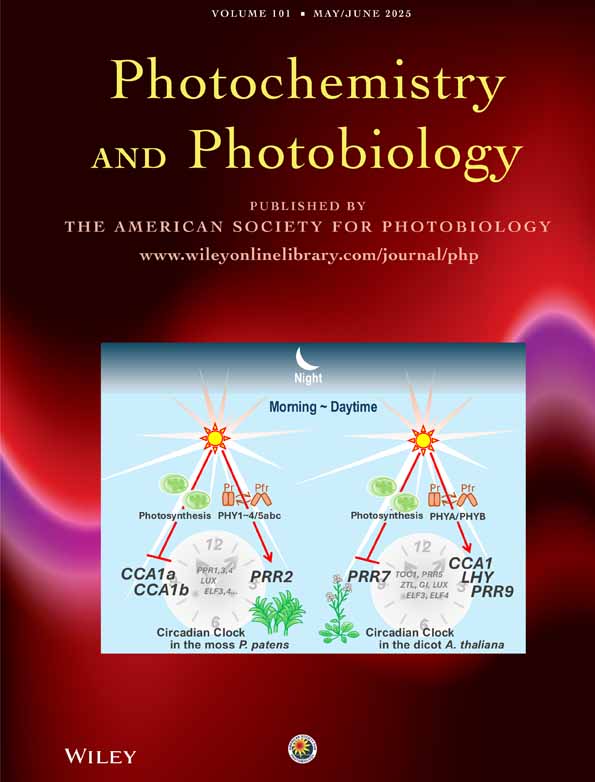The Phototumorigenic Fluoroquinolone Lomefloxacin Photosensitizes Pyrimidine Dimer Formation in Human Keratinocytes In Vitro
Abstract
The fluoroquinolone antibiotic lomefloxacin is phototoxic, photogenotoxic, photomutagenic and photosensitizes tu-morigenesis in mouse skin. We have used T4 endonucle-ase V to demonstrate that lomefloxacin photosensitizes pyrimidine dimer formation in a human keratinocyte line (HaCaT). A possible mechanism for this effect would be triplet-triplet energy transfer. However, there is indirect evidence that the lomefloxacin triplet yield is very low, making this reaction less likely. The finding that lomefloxacin photosensitizes production of highly mutagenic pyrimidine dimers correlates with its ability to initiate skin tumor formation in mice. Until the potential of other fluoroquinolones to photosensitize dimer formation is explored it may be unadvisable to prescribe these antibiotics to patients with defective DNA repair capacity (e.g. xeroderma pigmentosum).




